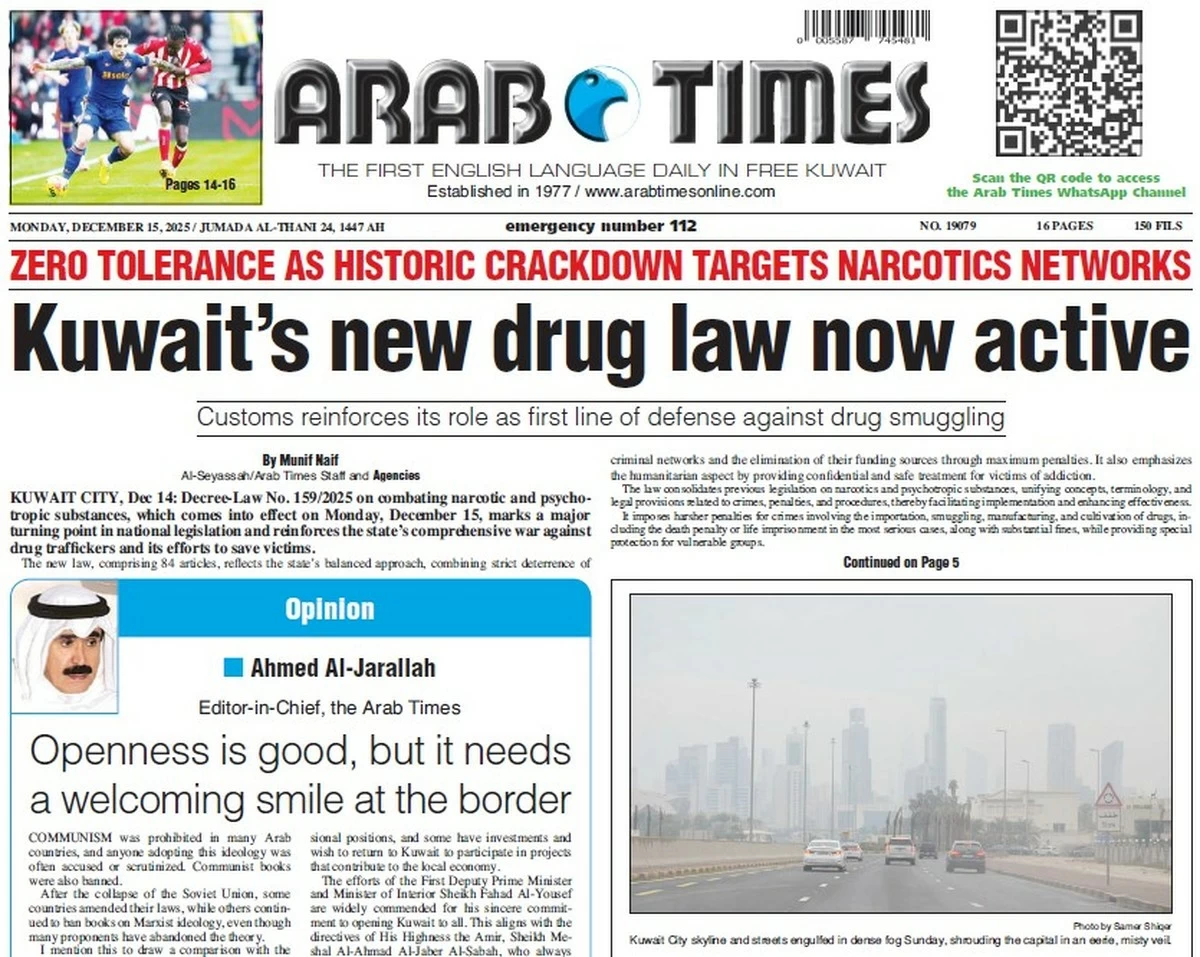01/10/2017
01/10/2017
‘We’re all just looking out for something real’, says Robin Wright’s police captain in “Blade Runner 2049”.


